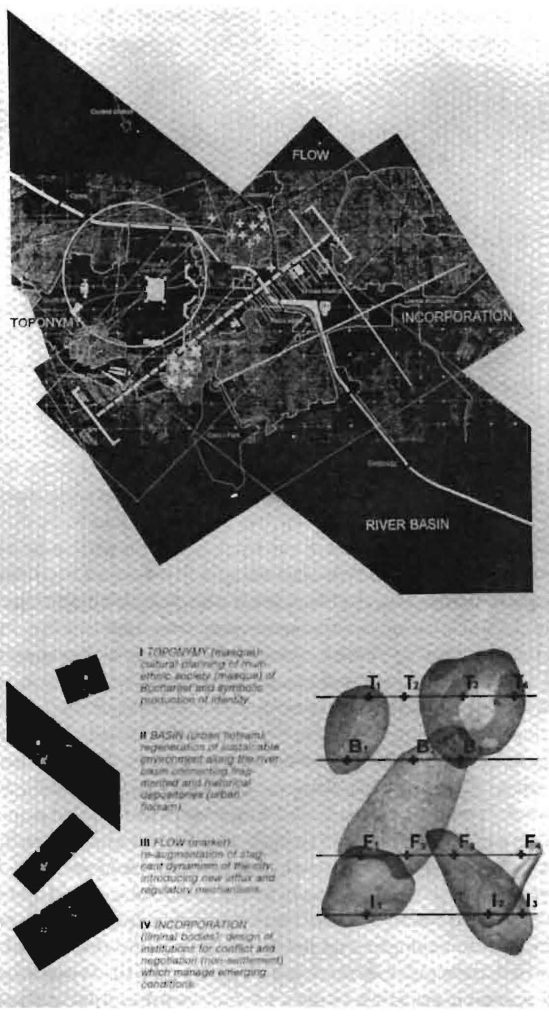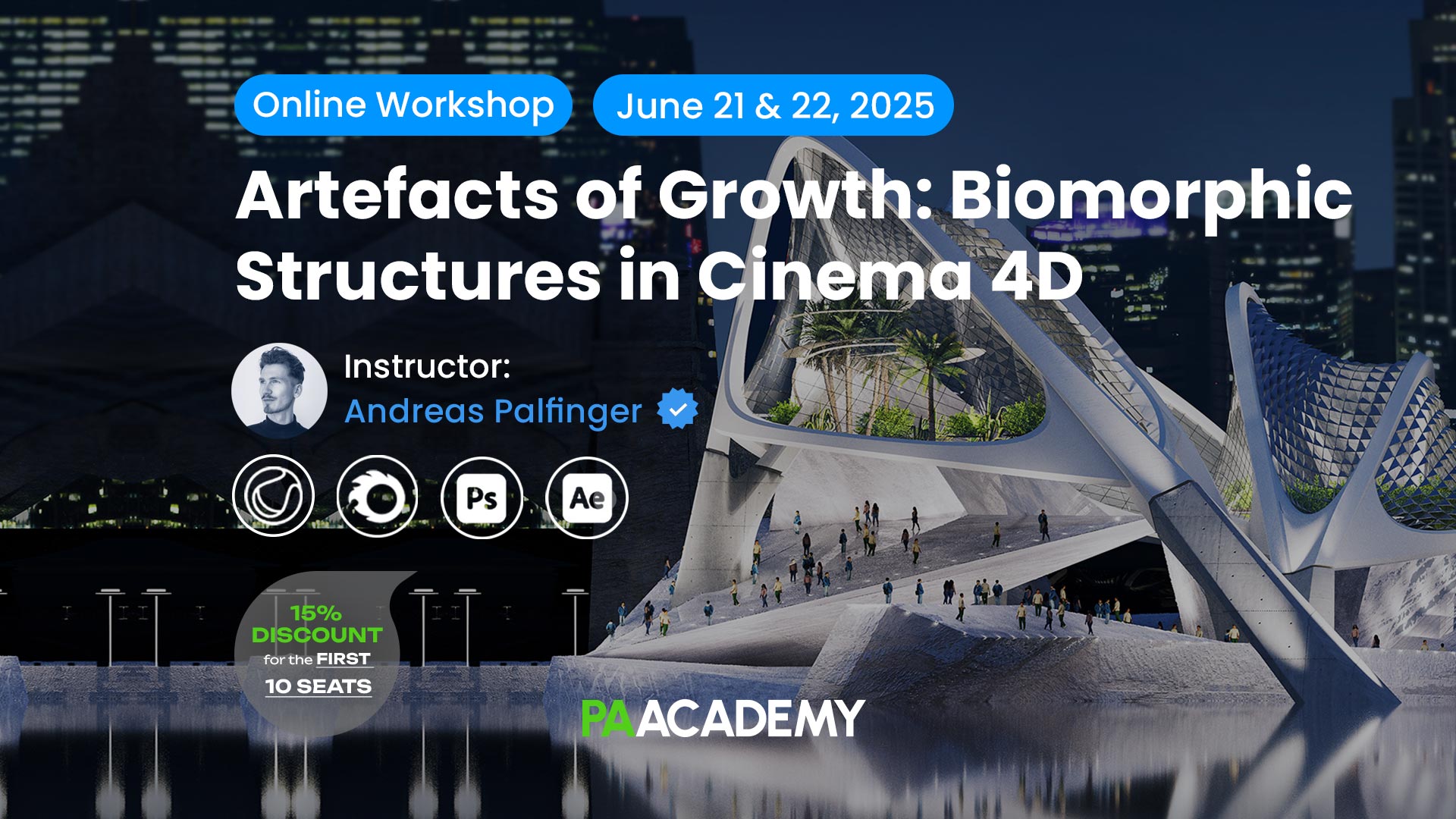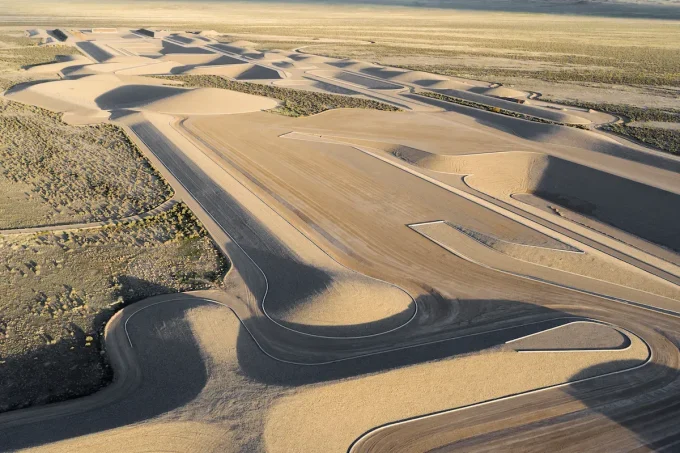Engaging with diverse techniques, architectural mapmaking is an interdisciplinary investigation in which spatial and visual narratives intersect to produce architectural knowledge. Providing extended insights into the city, the alternative maps display the nexus between topology, space-time, and collective memory to further understand things, concepts, conditions, processes, or events related to that specific place. As the process of converting data into spatial representations, architectural mapmaking is an urban investigation.

“Maps as artifacts, guides, art, spatial form, images, design tools, metaphors, and landscapes – these functions are meant to provide deeper insights into the city while attracting the urban planner, architect, landscape architect, designer and the common urban dweller.”
Nadia Amoroso
Architectural mapmaking is the storytelling of transitional spaces unfolding in time within the urban realms. The modes of cartographic narration have emerged, evolved, and advanced in search of a deeper spatial understanding of the city from the beginning of architectural practice. Yet this article is about modern spatial mapping and alternating mapmaking techniques.
Mentioned to be regarded as the pioneering work in modern spatial mapping by Felix Mayer, The Nuova Pianta di Roma documents all city constructions with a distinctive yet influential method. Using an orthogonal perspective in his figure-ground plan, with the use of detailed hatching and outlining, Nolli achieves to create a flux between buildings and streets, squares and courtyards left in white. Beyond recording positive and negative spaces, the distinction between antique and post-antique buildings and the height differences among structures are profoundly indicated.
Architectural modernity has resulted in the conceptualization of space and abstraction in depiction. Imagination and subtle projection of the city and the surrounding environment have emerged in architectural mapping techniques. The complexity of urban flux, the transcendental dynamism between chaos and order, has been attempted to be simplified by the use of diagramming and abstraction in mapmaking. Edward Tufte, Richard Saul Wurman, and Kevin Lynch are a few of the critical theorists in urban design and mapping from the middle to late 20th century who have addressed the issue of simplification.
As a creative practice, mapping precipitates its most productive effects through a finding that is also a founding; its agency lies in neither reproduction nor imposition but rather in uncovering realities previously unseen or unimagined, even across seemingly exhausted grounds. Thus, mapping unfolds potential; it remakes territory over and over again, each time with new and diverse consequences.
James Corner
Architectural mapmaking in studying spatiality goes beyond depicting the existing condition; by contrast, it is an imaginative expression of engagement within the cartographic process. An outstanding example of such engagement can be seen in Guy Debord’s cognitive mapping, a series of maps, or psychogeographic guides of Paris, that exemplify one’s alternating reading of the city and the way of narrating his imaginative reality. The maps are the outcomes of Debord’s records of his wanderings along the city.
One contemporary technique for creating maps is layering, which involves superimposing different independent layers on top of one another. According to Corner, the narrow focus of the single master plan or the zoning plan, which both group, prioritize, and isolate their component elements, cannot yield such depth and complexity. Each layer has a framework, information, and organizational structure specific to its intended use or function.


Corner states that projecting gameboard map structures is the third thematic mapping evolution in modern design practice. He explains in Agency of Mapping that, depicting the disputed area, the gameboard map takes on an enabling or facilitating role, allowing ordinarily hostile groups to attempt to identify common ground while acting out different scenarios. The concepts of drift and layering are explored here, with the former enabling direct communication between the mapper and the constituents and the latter enabling the analytical division of various challenges and goals.
Besides theoretical models, technological advances result in increasing possibilities for mapmaking in architectural and urban education and the profession. For example, in Density Escape Maps, by sophisticated use of various software, information is transformed into a terrain-like structure depicting a portrait of the city’s population density, where generated by negative pullings, Crimescape Maps display high-crime locations.
On the other hand, a considerable variety of online resources include cadmapper.com, mapacad.com, and schwarzplan.eu, osm2world.org, and Google Earth are highly utilized in mapmaking methods that enable high-quality representations in architectural mapmaking. Achievements in technology and advancements in AI will likely allow urban designers, architects, landscape architects, and students of the fields to exceed the mapmaking techniques and push the boundaries of creativity in the modes of representation.






















Leave a comment